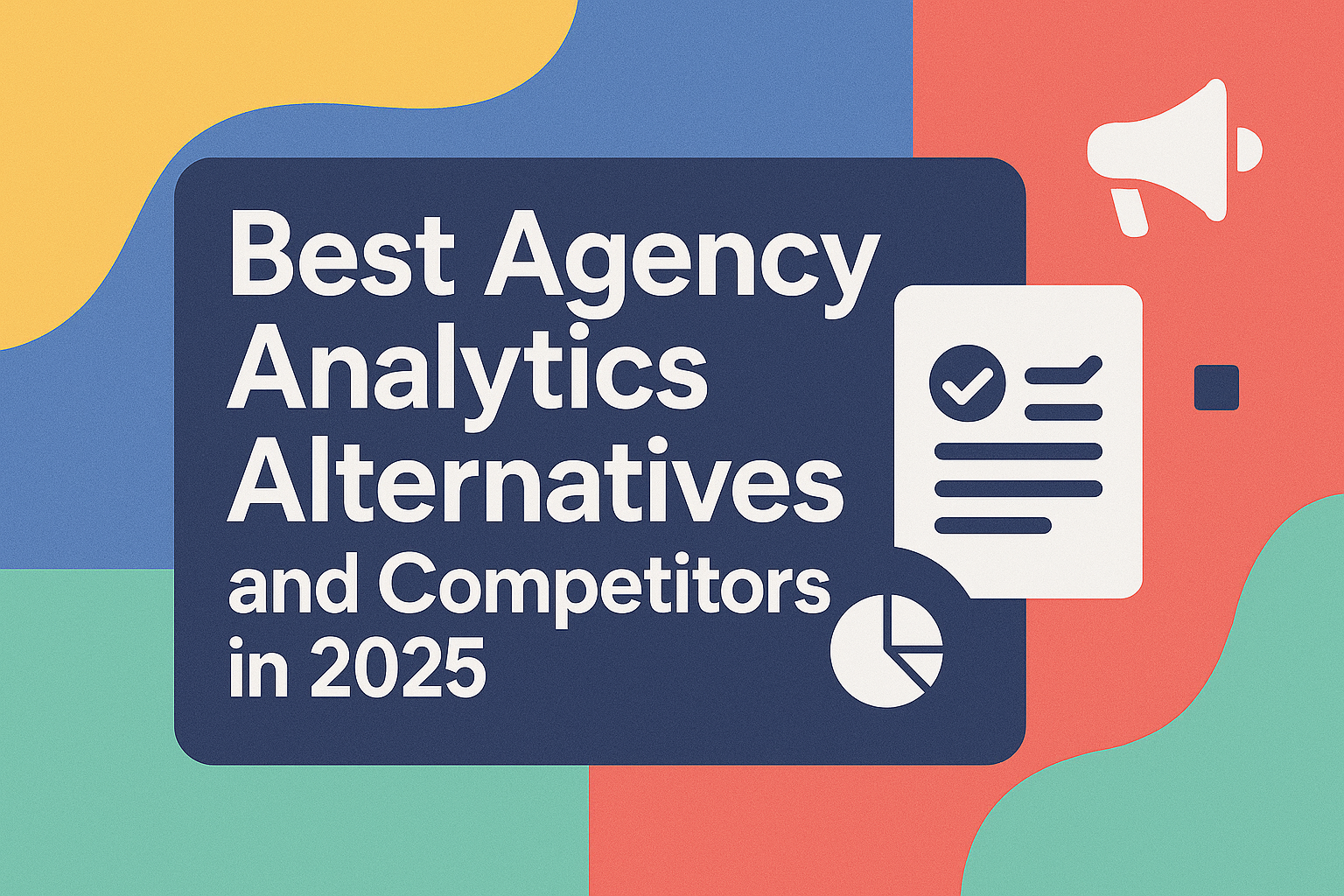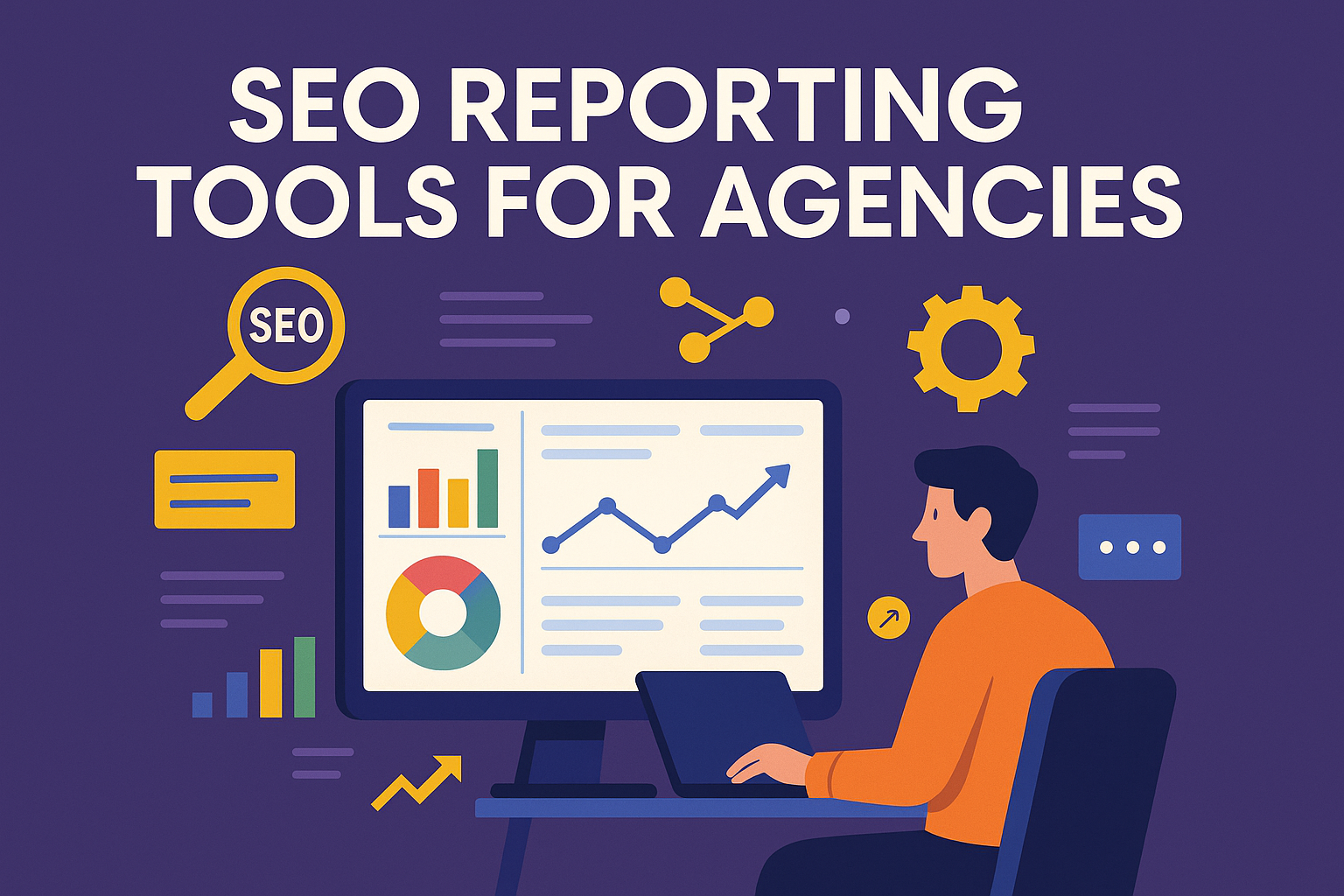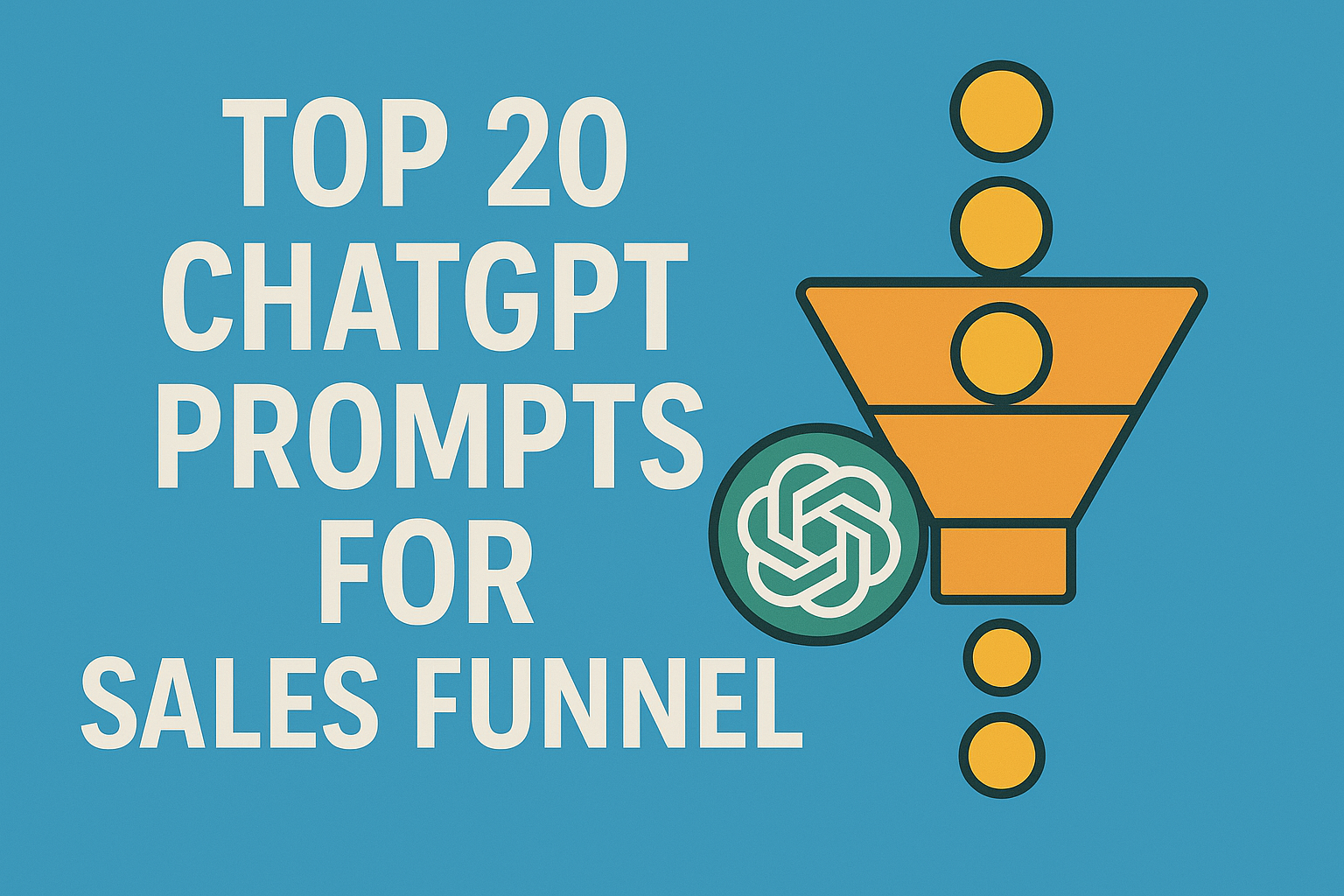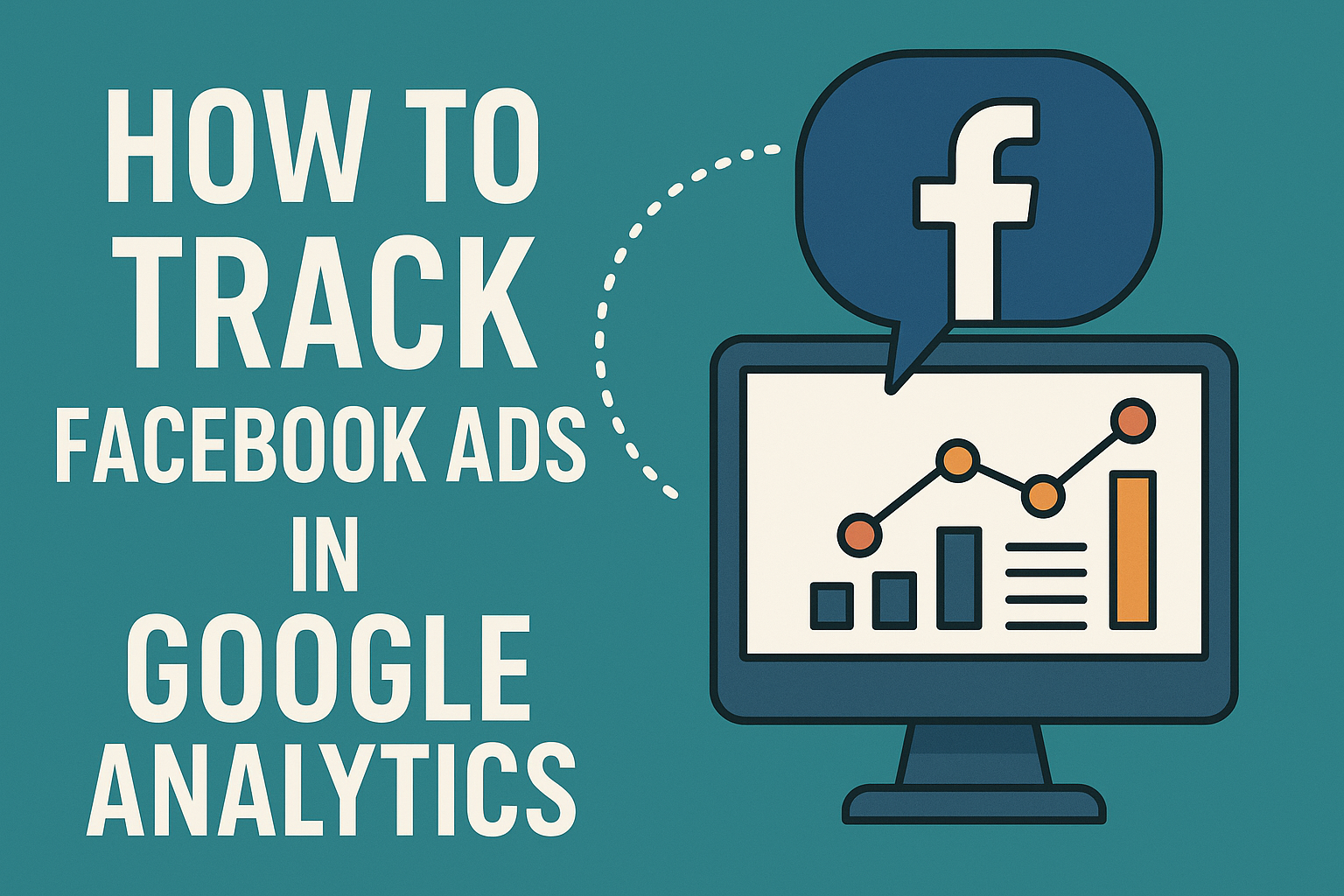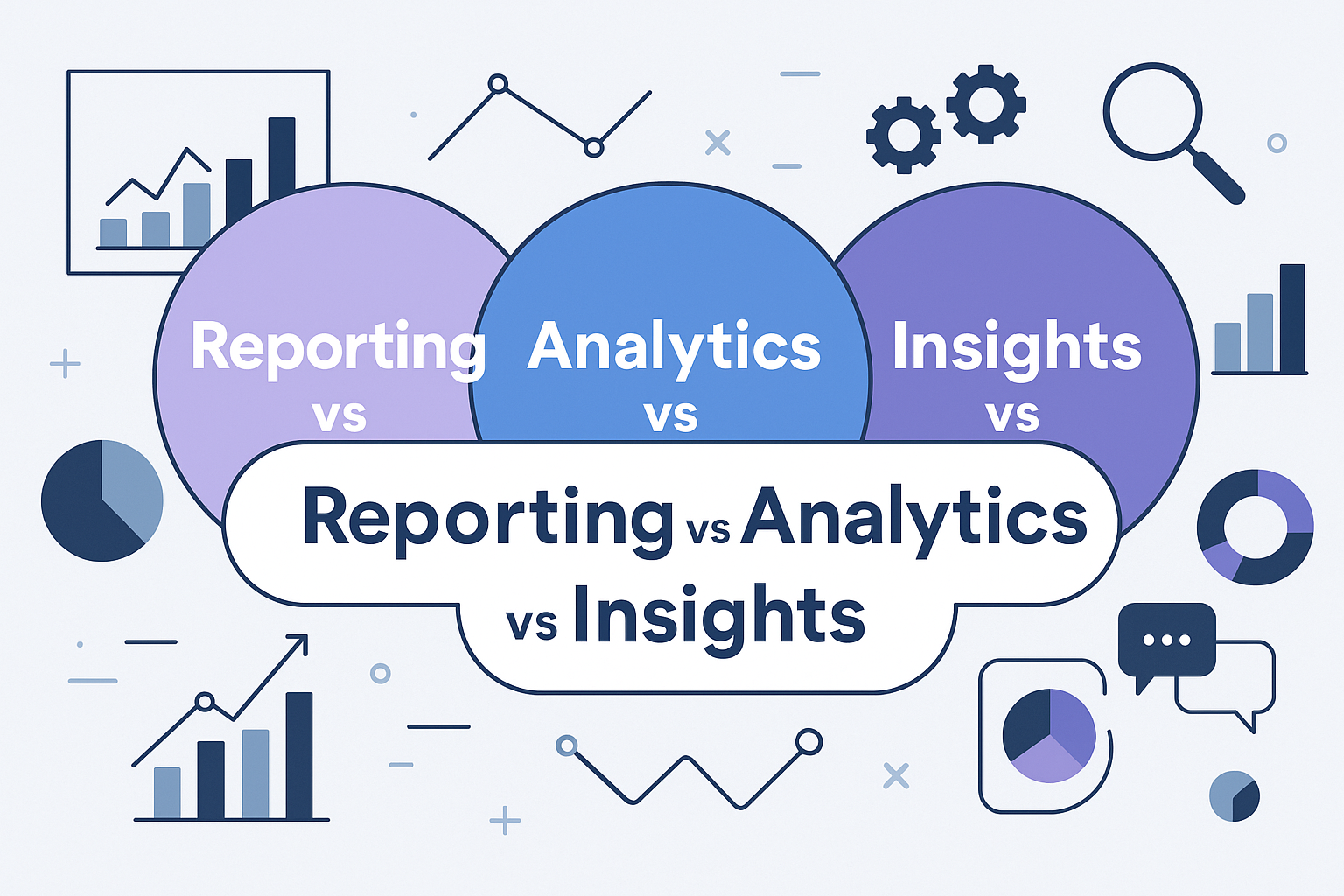Best AgencyAnalytics Alternatives and Competitors in 2025
Key Takeaways
- Agencies considering alternatives to AgencyAnalytics should prioritize tools that address feature gaps, enhance data visualization, and support seamless integrations with existing marketing platforms.
- Understanding the cost-effectiveness and scalability of different reporting solutions is key. This helps them make sure that they fit within today’s budgets while allowing for agency growth in the long term within the United States market.
- User-friendly interfaces and intuitive dashboards help you be more productive, present impressive reports to clients, and your whole team will adopt new reporting tools.
- Extensive customization options, like white-labeling and customizable templates, allow agencies to provide more customized reports that reflect the needs and branding of client companies.
- Reliable customer support and comprehensive onboarding processes are critical for minimizing disruptions during transitions and ensuring ongoing success with new platforms.
- Taking advantage of free trials and gathering feedback from team members allows agencies to thoroughly evaluate alternative tools before committing.
AgencyAnalytics alternatives give marketing teams and agencies more ways to track, share, and manage their client data in one spot. Many platforms now offer tools that cover dashboards, automated reports, and easy sharing with clients.
Some, like KPI.me, focus on simple setup, low costs, and built-in AI for faster report building. U.S.-based users often look for options with strong support, easy integrations, and pricing that fits small shops and growing agencies.
Choices like reportz.io or Whatagraph show up for groups wanting simple, clear layouts and quick data updates. For teams who want more control over their reports or need better pricing, these options can save money and time.
In this article, we’ll explore top reporting tools and how they stack up. Whether you’re looking for easy setup, flexible pricing, or more control over your data, you’ll find options that match your agency’s needs.
Why Seek Other Reporting Solutions?
Marketing agencies and teams can be built or broken by their reporting solutions. Clients demand clean, real-time insights, and agencies are under pressure to provide them immediately. As the world of digital marketing continues to evolve and grow in complexity, that’s not the case for every tool.
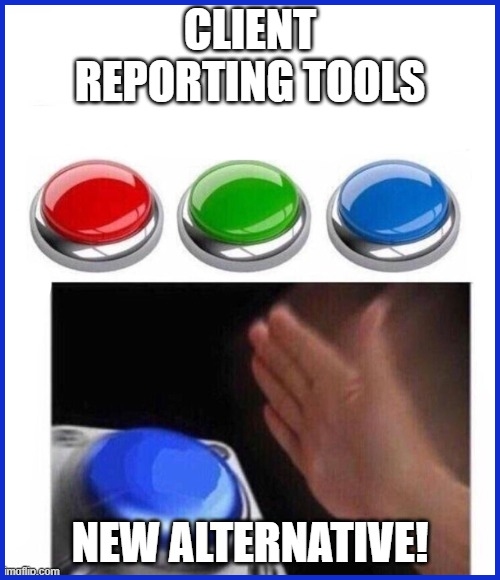
Many agencies now rethink their current setup, searching for reporting solutions that fit today’s demands and tomorrow’s challenges.
Let’s take a closer look at why this change is occurring and what agencies truly need from a modern reporting solution.
1. Current Tool Lacks Key Features?
Many agencies notice essential features missing from their current analytics platform, such as AgencyAnalytics. For example, advanced goal tracking and flexible white labeling are often gaps, especially as clients request more specific performance breakdowns. This is where a marketing reporting solution can provide significant value.
Agencies need to dig into both broad campaign results and granular performance details. When analytics tools don’t offer enough data connectors or limit where you can send data, it slows down data analysis and forces workarounds. The absence of these features can chip away at the quality of insights shared with clients, sometimes leading to missed opportunities.
2. Is Your Budget Stretched Thin?
Budgets are everything, particularly for agencies that wear many hats for different clients. As robust and feature-rich as some reporting solutions are, their pricing models just don’t work for all agencies.
When platforms base their costs per client, per dashboard, or data connector, prices can skyrocket quickly as your list of clients increases. This not only makes planning difficult, but it also makes scaling impossible. Other teams are just looking for free or cheaper options that still offer strong reporting.
So they seek out other reporting solutions like KPI.me or Reportz.io to help save on costs.
With the right tool, the investment pays actual dividends. It’s faster, less prone to mistakes, and gives firms an edge on winning and retaining clients over agencies still relying on manual processes.
3. Seeking Better Data Visualization?
Agencies can use these clear visuals to better convey the narrative of what’s driving their numbers. Tools that are lacking in visualization make it increasingly challenging for teams to prove their worth to clients.
Perhaps their dashboards are unintuitive, their charts unreadable. More sophisticated platforms even let users build their dashboards. They provide more options for different types of charts and allow more visual customization to fit client requirements.
Some even provide the option of real-time updating, enabling insights to remain up-to-date. When dashboards are more intuitive and visually appealing, client presentations go more smoothly, and feedback is overwhelmingly positive.
Improved visualization enables agencies to better communicate their performance. They lead to better marketing decisions, as the visibility everyone has into what’s working and what’s not can inform better marketing decisions.
4. Need More Third-Party Integrations?
Agencies engage consumers with a comprehensive strategy, including SEO, PPC, social media, email, and other platforms.
A reporting tool that has few integrations requires more manual work, increases the risk of errors, and creates less complete data. Users increasingly expect these kinds of solutions to integrate with third-party tools such as Google Analytics, Facebook Ads, HubSpot, Shopify, and many others.
When integrations are easy, the data flows in from every source seamlessly. This creates deeper reports and allows you to make decisions informed by the entire landscape. Flexible integration gives agencies the ability to be nimble as more services or tools are introduced into their tech stack.
5. Is User Experience a Hurdle?
A reporting tool should simplify your process, not create more headaches. Many users find their existing solution’s user interface to be confusing. It’s clunky, difficult, and cumbersome, which drags everything down and is frankly annoying for staff and clients alike.
When making their own custom dashboards or automating report delivery is a challenge, agency efficiency suffers. Tools with more intuitive designs and drag-and-drop editors make onboarding much easier.
Intuitive navigation ensures users of all skill levels can learn the ropes quickly! Addressing the UX not only reduces time spent on support tickets but also allows you to spend that precious time creating new value for your clients.
6. Does Scalability Match Your Growth?
Growth is great, but not when your tools are lagging. Other solutions have hard caps on the number of dashboards, users, or data integrations. This can be incredibly difficult to scale without incurring additional costs or technical frustration.
Agencies desire flexibility as they onboard new clients, scale to provide additional services, or work with increasingly complex data. Utilizing a comprehensive reporting tool with unlimited dashboards and support for an unlimited number of data sources allows agencies to easily scale as needed.
7. Prioritizing Top-Notch Support?
Agencies will one day find themselves needing immediate, reliable support in order to troubleshoot an issue, onboard new users, or learn more about new features.
Some solutions only include basic email support, while others come with live chat, phone access, or even a dedicated account manager. Quick and easy-to-access support ensures teams stay on track and stops minor issues from becoming major obstacles.
Onboarding assistance is the new customer support! When changing tools, having someone to walk you through the transition prevents wasted time and expensive errors.
What Are Marketing KPIs Anyway?
Marketing KPIs, or Key Performance Indicators, are quantifiable figures used to indicate the success or failure of a campaign. They help agencies and teams see if they’re hitting their goals or if they need to change up their plan.
Why KPIs are Important
The reason KPIs are so important is that they provide an objective, quantifiable look at what’s going on, based on hard numbers, not intuition. Agencies that choose the right KPIs will be able to report true results to clients. This allows them to make informed decisions on what to do next.
Defining Key Performance Indicators
To make it mote simple, a KPI refers to any value you monitor to measure progress toward an objective. In marketing, KPIs are used to track meaningful actions. These might be visitors to your website, your ad clicks, or your buyers who are influenced by those efforts.
There are two types of KPIs
- Leading indicators
- Lagging indicators
Leading indicators, like website traffic, that show early signs of change, and lagging indicators, like sales revenue, show results after the fact. KPIs aren’t universal metrics. A B2B agency might track leads and conversion rates more closely.
On the other hand, a B2C team is constantly looking at engagement and customer retention. As campaigns focus elsewhere, the right KPIs will naturally be different.
Why KPIs Matter for Agencies
KPIs are the agencies’ best friend. When you track the right numbers, clients are able to see the value of every dollar spent. KPIs help ensure teams are honest and transparent, no one is left guessing what success looks like and how to achieve it.
When conversion rates do plummet, it’s clear and quick to identify and adjust. When your agency’s team is on the same page with clear KPIs, it provides confidence while keeping everyone focused and aligned.
Common Marketing KPIs to Track
- Website traffic and unique visitors
- Conversion rates
- Cost per acquisition (CPA)
- Return on investment (ROI)
- Social media engagement
- Lead generation
- Customer satisfaction scores
- Churn rate, particularly for SaaS.
The real power of analytics tools lies in tracking performance metrics over time to determine what’s working and what’s not.
The Power of Marketing Dashboards
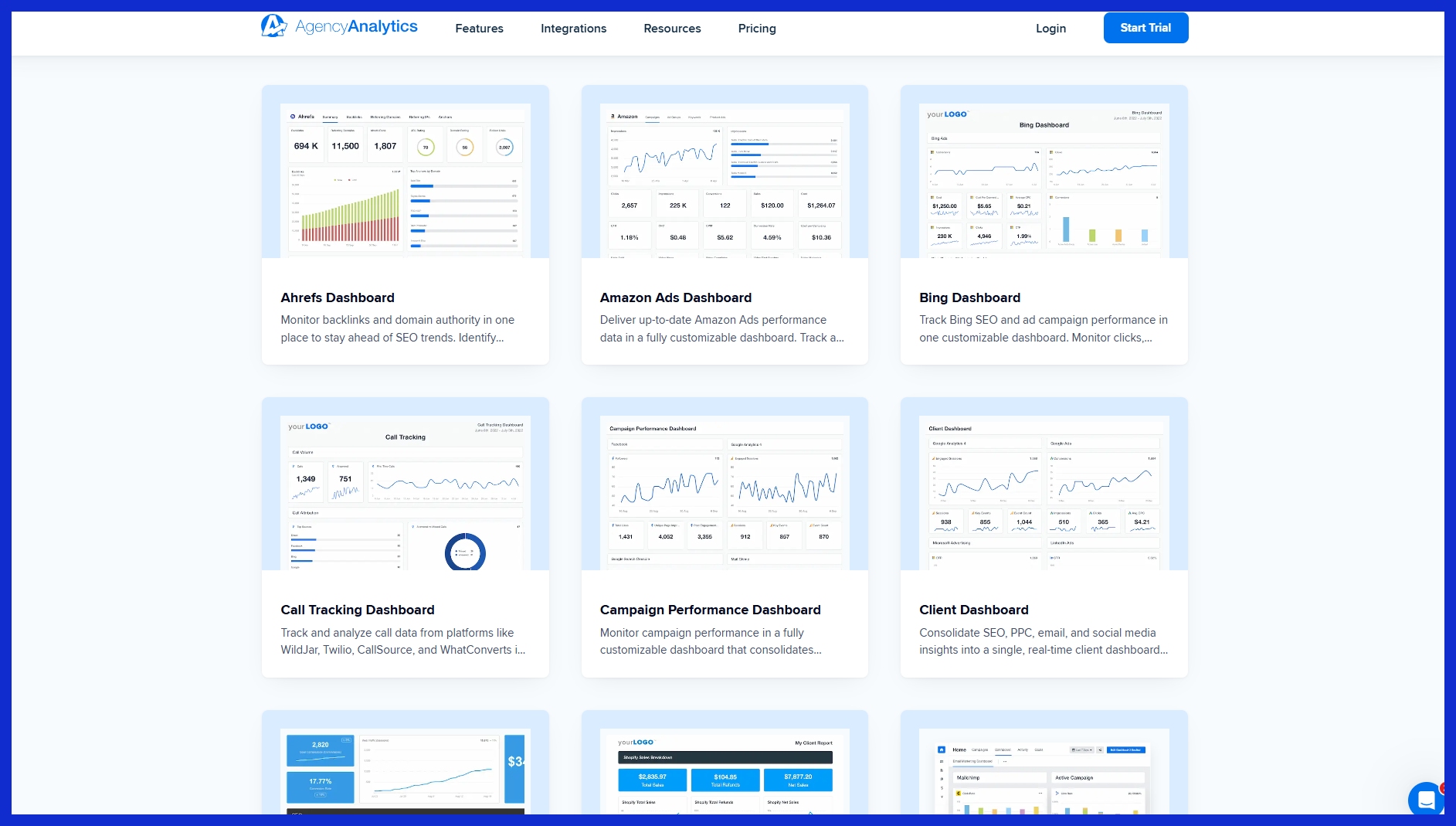
Marketing dashboards consolidate all your data into one place, allowing you to get a complete, easy-to-understand view of what’s going on across every channel. With everything integrated—search, social, ads, email—it’s much more convenient to see the big picture trends and execute on them quickly.
With up-to-the-minute updates, you can pop in at any time to see how your performance is stacking up. This allows you to identify changes in real time rather than retroactively. This way, you save a tremendous amount of time on manual tracking, freeing you to focus on the big picture.
Dashboards simplify client communications, too. Deliver results in a way that speaks their language. This fosters transparency and helps to ensure everyone is aligned! Lastly, the best dashboards will give you the ability to customize your view.
This allows for a personalized view, so each agency or client only brings up what’s important to them. This is especially important for agencies managing multiple accounts or unique objectives.
What Makes Dashboards Essential?
Dashboards are special tools that bring information from different places, like Google Ads, Facebook, and email, into one screen. This helps you quickly see how each campaign is doing and compare them easily.
Instead of digging through long spreadsheets, your team can look at the dashboard together, share ideas, and stay on the same page. A good dashboard also saves time by using templates and automatic updates, making it simple to check results anytime.
The best part? You can track many things at once—like 4, 7, 10, or even 15 numbers—from different sources, all in one view. It gives you the full picture in just a few clicks.
Visualizing Success: Dashboard Benefits
Being able to view charts and graphs over raw data helps both teams and clients identify wins or problems at a glance. Visuals simplify confusing data, making it not only easier to digest but , more importantly, easier to act upon.
Powerful visuals are more compelling than plain text or spreadsheets to elevate your presentations and keep clients engaged. Actionable insights are delivered more quickly this way, converting data into actions you can implement.
Crafting Effective Client Dashboards
The most effective dashboards begin by focusing on what clients truly value. Choose designs that focus on their primary objectives. Create dashboard templates that underscore their top-priority objectives.
Ensure that they are interactive with the ability to click, filter, and drill down to explore the data. This hands-on approach ensures that your clients don’t feel left in the dark or out of control.
Solicit feedback and continue to adjust the configuration to achieve the best results. Customizable templates and user-friendly features ensure that everyone, regardless of technical expertise, sees immediate benefits.
What Makes a Great Reporting Platform?
A top-notch reporting platform is both powerful and easy to use. It helps agencies of all sizes track, manage, and share marketing data without hassle.
The best alternatives bring everything together in one place—pulling data from different sources, handling lots of users, and keeping things simple with a clean, user-friendly interface.
Customize Everything to Fit Your Needs
The best platforms let you shape reports exactly how you want them. With drag-and-drop tools, it’s easy to rearrange data and build dashboards that make sense for each client.
Want to impress clients? Add your branding—logos, colors, and more—so your reports look polished and professional at every touchpoint.
As your business grows or your metrics change, these dashboards can grow with you. Custom tags and flexible data groups make sure every report stays relevant and valuable.
Diverse Pricing Models Explored
Pricing models that accommodate agencies of all shapes and sizes are essential. Subscription plans, pay-per-use, and tiered pricing models ensure that agencies aren’t paying for more than they need.
Simple, clear, and transparent pricing eliminates unexpected fees. Free trials allow teams to take the platform for a spin before committing fully.
Intuitive User Interface Design
An intuitive UI facilitates quick work and reduces the time needed to train users. Usability features such as drag-and-drop functionality, quick setup process, intuitive navigation, and more ensure users spend little time learning how to use the platform.
Intuitive user interface design greatly increases user satisfaction while ensuring that workflows continue without interruption.
Superior Automation Features
Automation can handle all the busy work. The ability to schedule reports and set up recurring notifications—daily, weekly, or monthly—saves time and reduces the risk of error.
Automated data pulls and delivery ensure reports are never outdated or delivered incorrectly.
Data Security and Compliance
Ensuring the security and compliance of client data is critically important. Encryption, access controls, and compliance with the industry’s best practices protect sensitive data.
Robust security and compliance features in platforms fortify against data breaches and violations, building trust and protecting the agency’s reputation.
Evaluating Alternative Reporting Tools
Choosing the right reporting tool isn’t just about ticking boxes for features. Agencies require a straightforward, step-by-step, transparent process to measure the pros and cons of each option, including usability, flexibility, and overall fit for their teams.
We recommend you select a tool that will seamlessly integrate into your agency’s existing workflows, tech stack, and budget. Functionality, integration, feedback, support—avoid being dazzled by marketing promises!
Comparing Core Functionalities
A careful understanding of what each tool offers is essential. Others include visual, drag-and-drop builders, extensive template libraries, and live, dynamic dashboards.
Some are more geared toward customization, allowing users to adjust layouts or combine data from multiple sources. Here’s a simple comparison:
|
Tool |
Custom Dashboards |
Templates |
Real-Time Data |
Data Sources |
Price Range |
|---|---|---|---|---|---|
|
AgencyAnalytics |
Yes |
Some |
Yes |
60+ |
Mid-high |
|
KPI.me |
Yes |
Many |
Yes |
100+ |
Low |
|
Reportz.io |
Yes |
Few |
Limited |
30+ |
Low-mid |
|
DashThis |
Yes |
Some |
Yes |
40+ |
Mid |
|
Databox |
Yes |
Many |
Yes |
70+ |
Free-high |
|
ReportGarden |
Yes |
Many |
Yes |
30+ |
Mid |
|
Klipfolio |
Yes |
Many |
Yes |
100+ |
Mid-high |
Key Highlights:
AgencyAnalytics
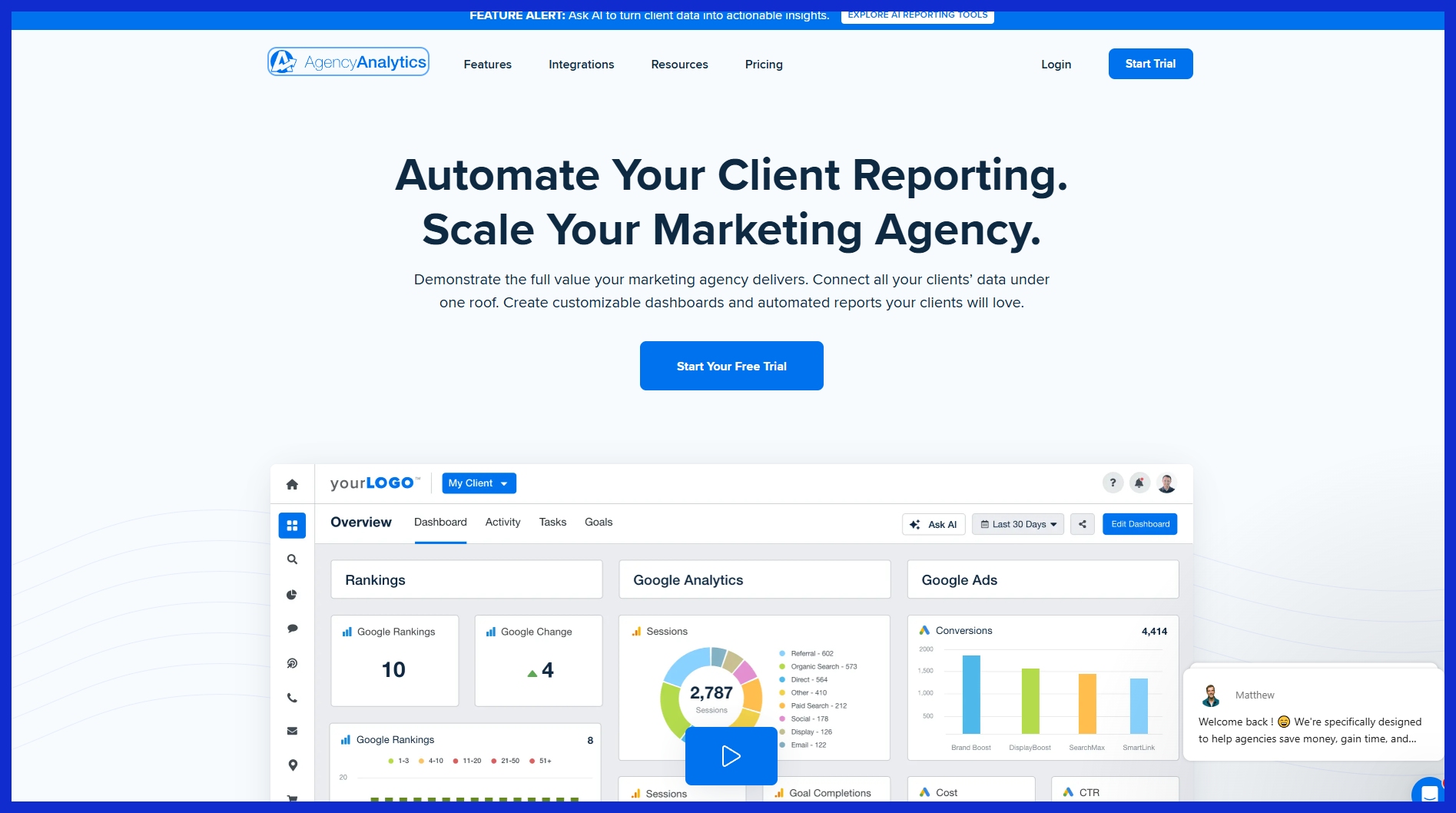
Offers customizable dashboards with 80+ integrations and smart reporting templates, ideal for agencies needing real-time client insights. Positioned in the mid-high price range.
KPI.me
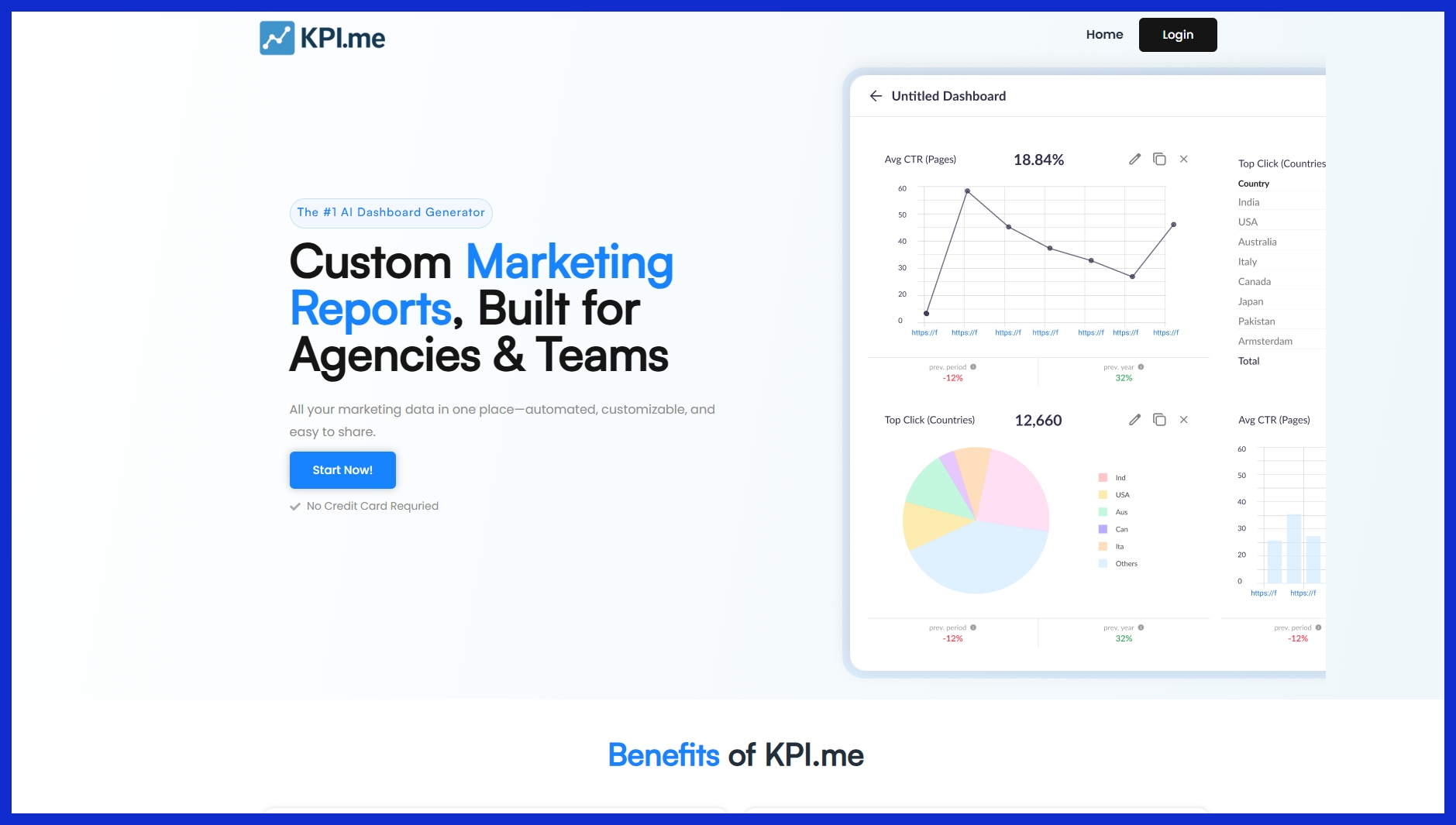
Affordable tool with real-time data, 100+ integrations, and a wide range of templates tailored for marketers seeking simple yet powerful reporting.

Reportz.io
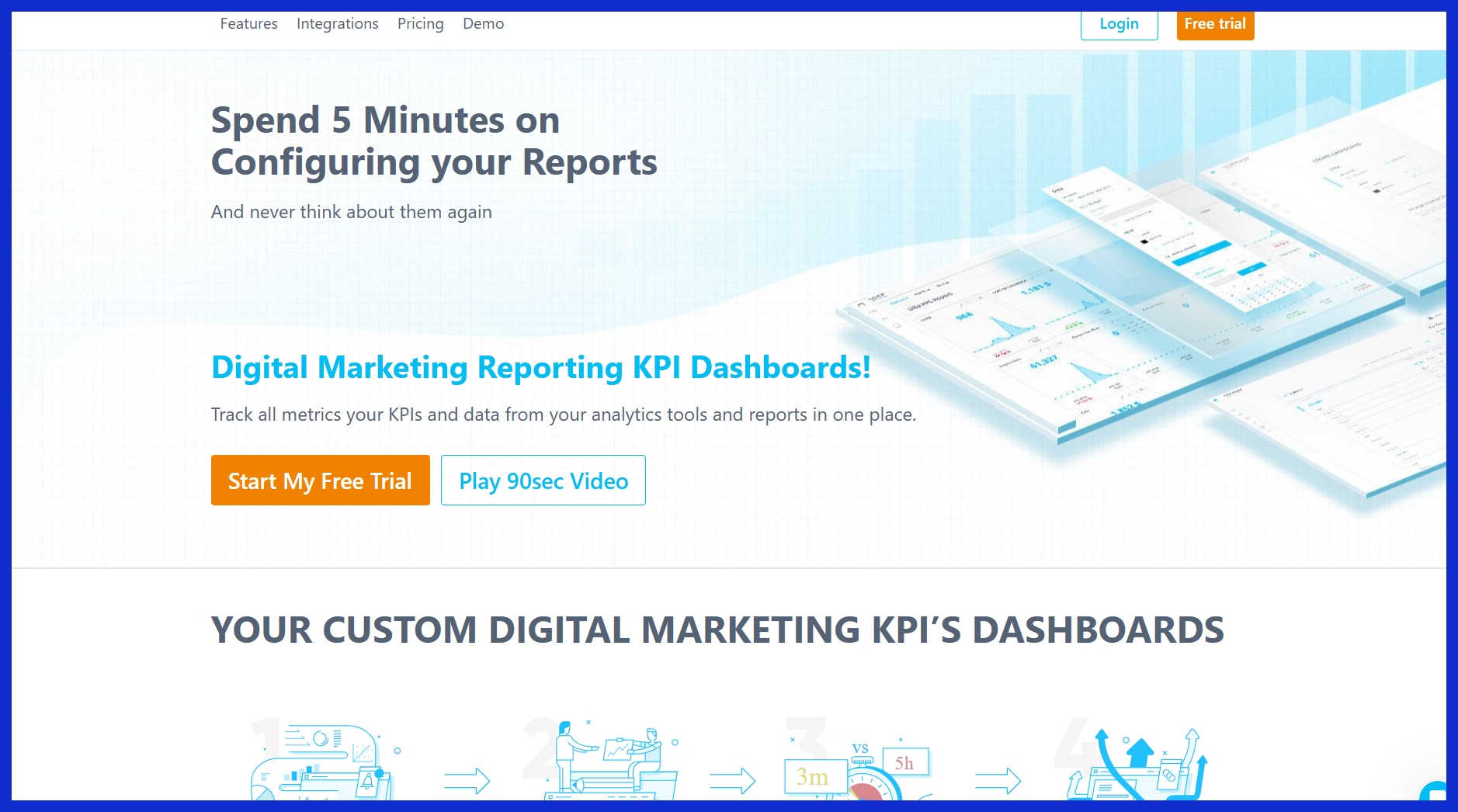
Provides basic dashboard customization and limited real-time data with 30+ integrations, suitable for small teams on a tight budget.
DashThis
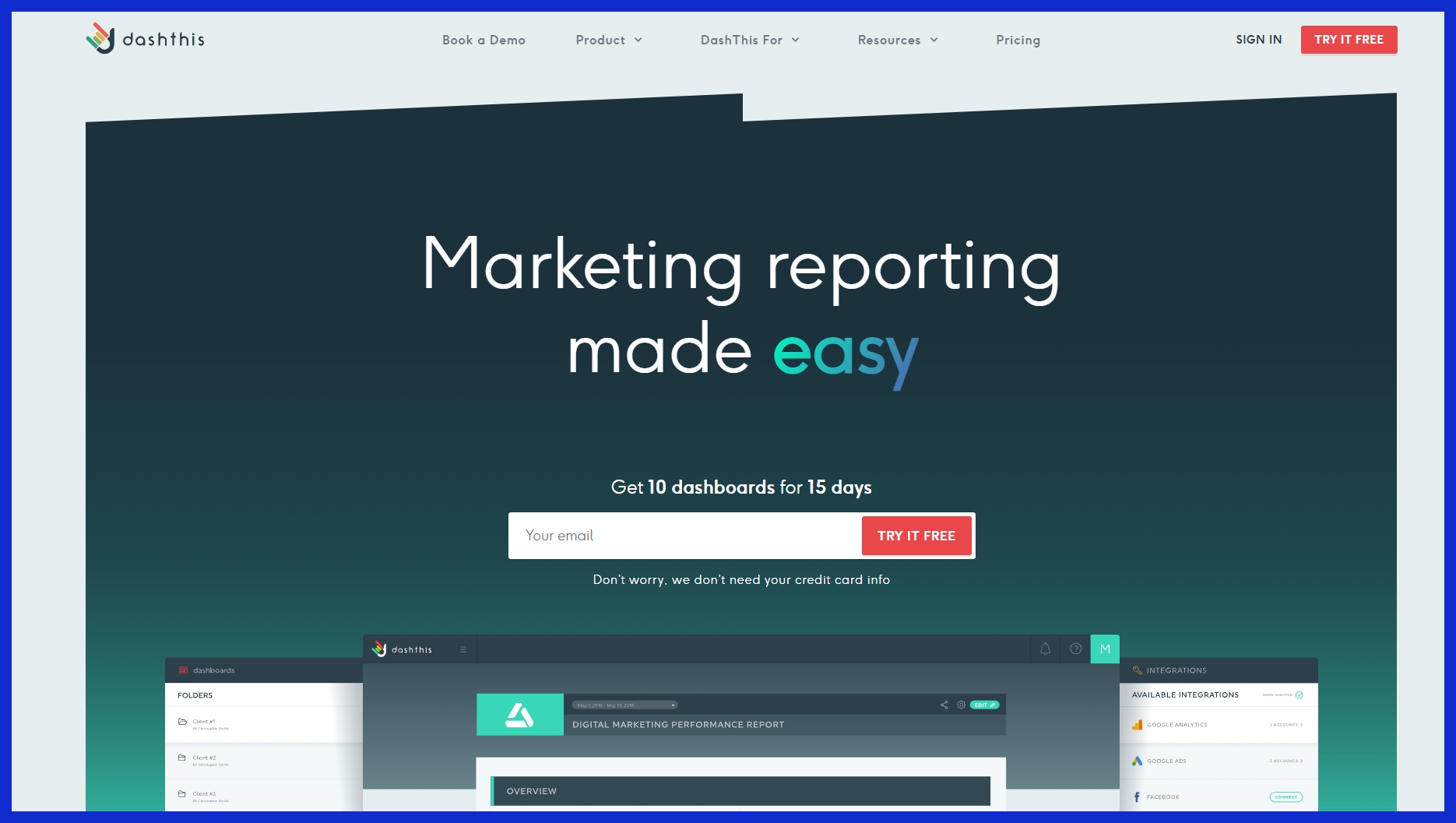
User-friendly with drag-and-drop dashboards, 50+ templates, and real-time updates across 34+ marketing platforms. Mid-range pricing.
Databox
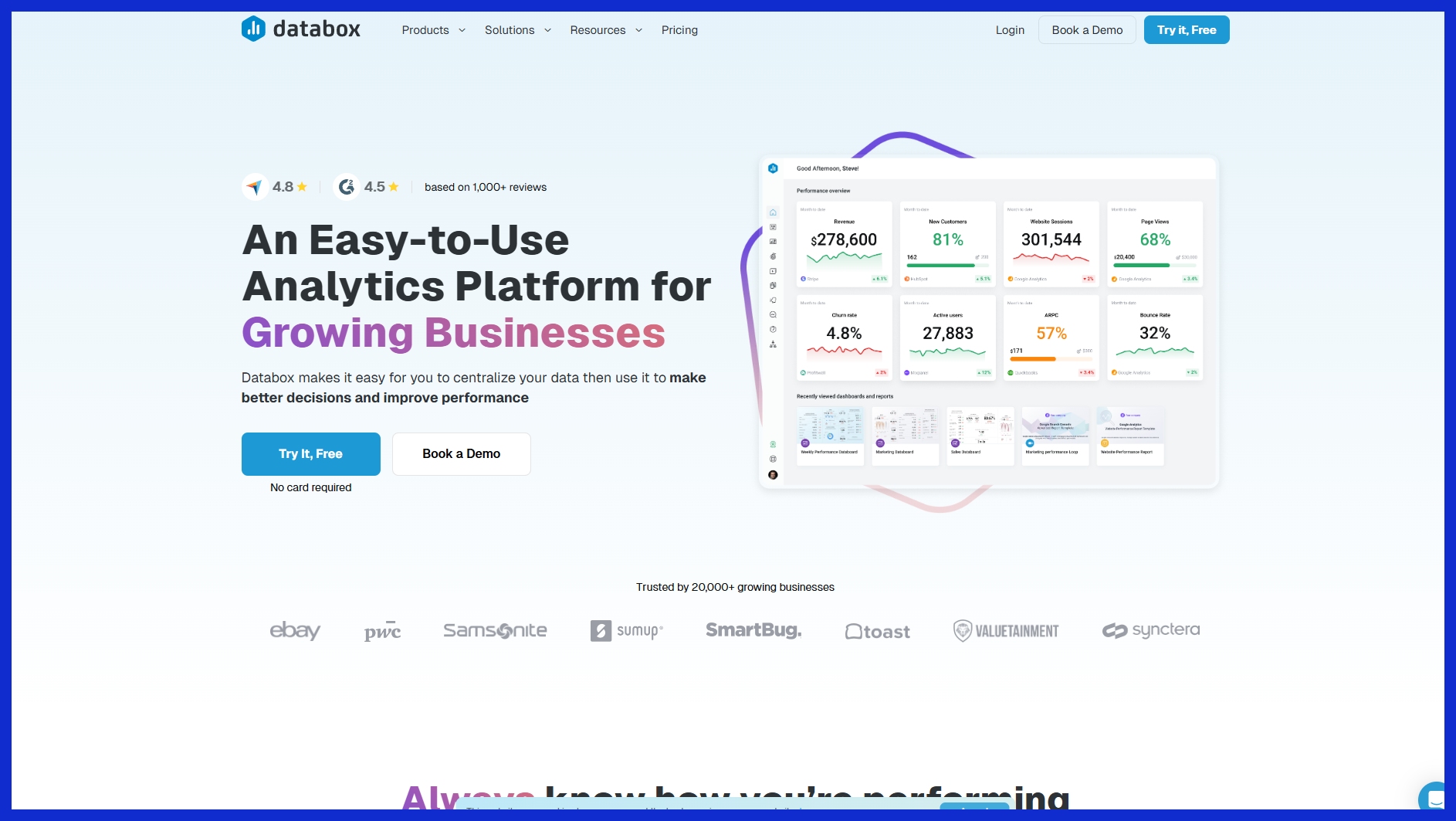
Packed with 300+ templates, 70+ integrations, and live data tracking, Databox suits teams that need performance snapshots fast. Offers free and premium plans.
ReportGarden
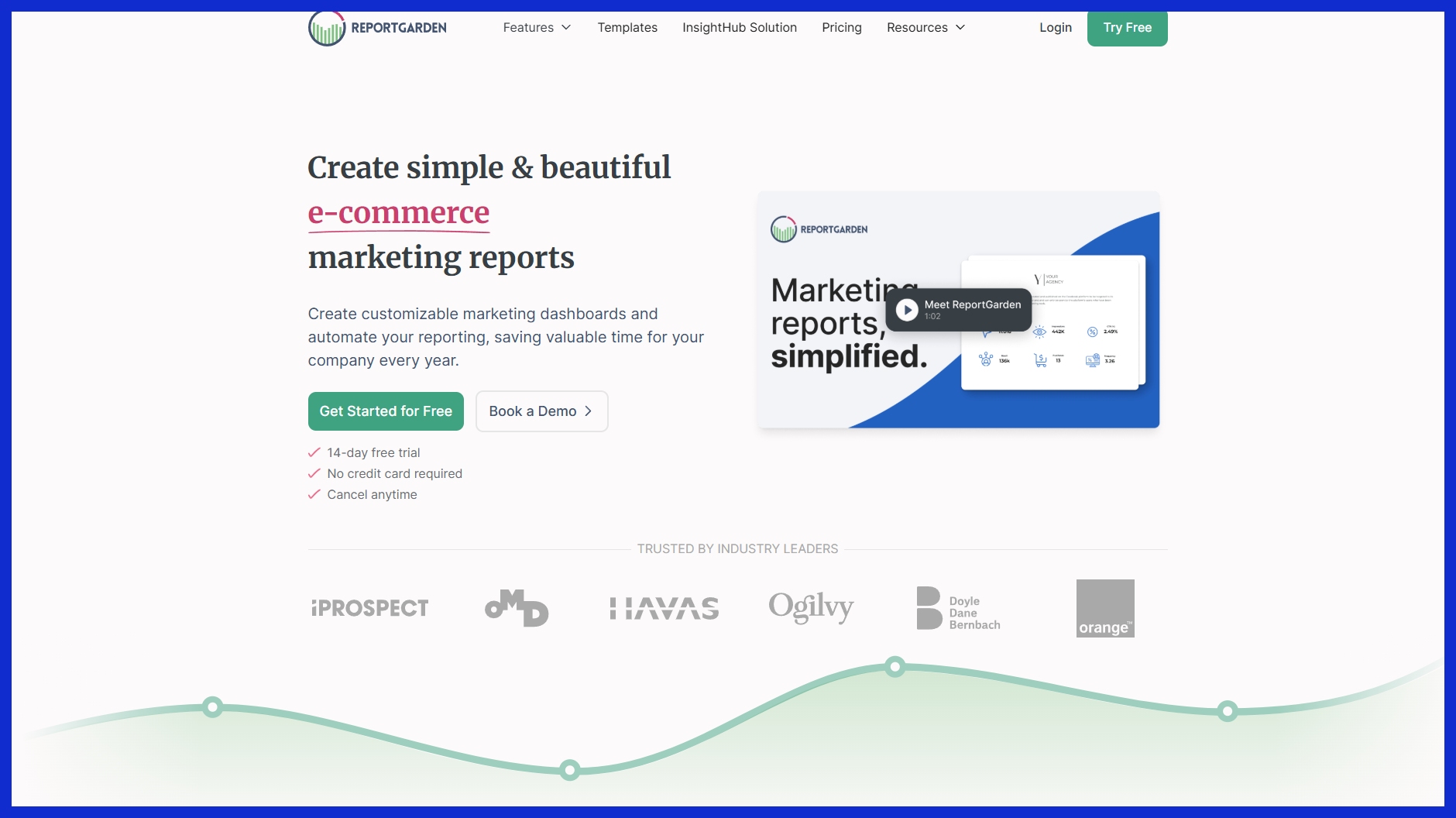
Designed for marketing agencies, offering rich templates, real-time data, and 30+ integrations at a competitive mid-tier price point.
Klipfolio
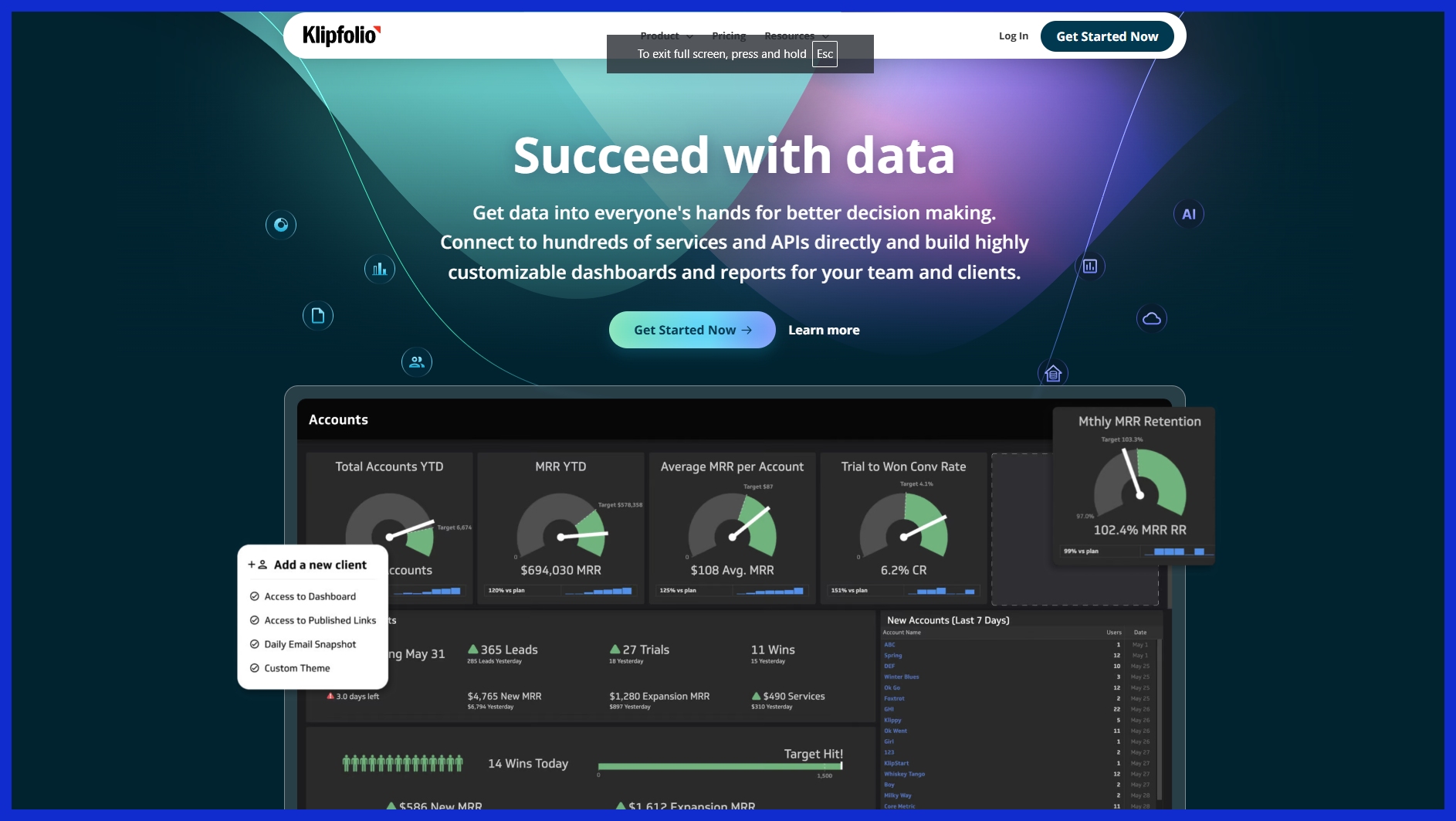
Highly customizable dashboards with 100+ data sources and real-time analytics, ideal for data-driven teams. Pricing ranges mid to high.
Each tool’s level of customization and data availability determines how the tool will best serve agency needs. Having robust core functionalities makes report creation more efficient, providing greater value to client deliverables.
Here’s what you need to do before choosing a platform:
Assessing Integration Ecosystems
Reporting tools should work smoothly with the other apps your agency uses—like Google Ads, Facebook, Shopify, and more. Good integrations save time and help keep your data accurate.
For example, KPI.me connects with over 100 different platforms. Other tools may offer fewer connections, which can slow your team down or even cause you to miss key metrics.
Reviewing User Feedback Critically
Reading real user reviews is a smart way to see how a tool performs in everyday use. Focus on feedback from agencies similar to yours, especially if they have similar reporting needs.
Don’t just look at star ratings. Pay attention to comments about setup, training, and customer support. These details can reveal important patterns that affect how successful the tool will be for your team.
Understanding Support and Onboarding
Good support and onboarding can make a new tool feel easy from the start. Quick help with setup or tech issues builds trust and keeps your team moving forward.
But if support is slow or unhelpful after the sale, it can slow down your team—and even hurt your client relationships.
Making the Switch: A Smart Move
Moving to a new reporting platform can feel like a big step, but it doesn’t have to be overwhelming. With the right plan, the switch can save time and resources while making your work easier and more effective.
Most agencies make the move because they want better data. They’re looking for more flexible reports, smarter forecasting, and features that their current tool just doesn’t offer.
Others switch to platforms with stronger support, easier integrations, or better ways to manage and visualize marketing data.
With a little planning, the change can be smooth and well worth it.
Identifying Your Agency’s Needs
- Data sources to track
- Custom report options
- Integration with other tools
- User roles and permissions
- Client-facing features
- Budget and pricing
- Support and training options
Understanding what’s most important quickly focuses the options. By engaging your broader team, you identify needs that you may overlook when working solo. Agency goals, like expanding client lists or providing new services, play a role in determining which marketing analytics tools are most appropriate as well.
Trialing Potential New Platforms
Free trials are an intelligent free method of trying before you buy. With a trial, teams can better understand whether those features work as intended in the real world, not just on paper. Usability comes to the fore in these tests.
Feedback from all of those people using the tool is critically important. A trial is the best way to find out if the platform will truly save everyone time. Tools like KPI.me, Klipfolio, and DashThis offer free trials.
The Bottom Line
If you’re ready to move on from AgencyAnalytics, there are plenty of great alternatives out there. Some teams are looking for better pricing, others want more features, and some just need a fresh start.
KPI.me stands out with its customizable reports and user-friendly tools—perfect for teams that want clear, no-hassle data in one place. Setup is quick, and everything stays organized.
When choosing a new platform, think about what matters most to your team: budget, design, speed, or support. Test out a few top options, explore the features, and see what fits.
Smart teams are always on the lookout for better ways to grow. If you’re ready for a change, give KPI.me a try—it could make your reporting easier and a whole lot better.
Frequently Asked Questions
What are some top alternatives to AgencyAnalytics?
Some of the best alternatives are Databox, ReportGarden, DashThis, and Klipfolio. Each provides excellent marketing reporting capabilities that U.S.-based agencies will find indispensable.
Why do digital agencies look for AgencyAnalytics alternatives?
Agencies might be seeking a suitable agencyanalytics alternative that offers better integrations, deeper customization, or more flexible pricing, particularly in analytics tools for sophisticated data visualization.
How do I choose the right reporting tool for my agency?
Look at features, pricing, integrations, and customer support when evaluating marketing analytics tools. Specifically, search for a comprehensive reporting tool that helps your agency meet clients’ goals, and try to get access to a demo to test it out firsthand.
What KPIs should my marketing dashboard track?
Monitor important metrics such as website traffic, conversions, ad spend, and ROI using powerful data analytics tools. U.S. agencies often leverage analytics platforms like Google Analytics and Facebook Ads for effective campaign tracking.
Are AgencyAnalytics alternatives easy to set up?
Whether it’s smooth onboarding with the marketing analytics platform, ready-made templates, or U.S.-based support, most offer quick start guides that walk you through linking your various marketing channels and creating comprehensive reporting tools in no time.
Can I migrate data from AgencyAnalytics to another platform?
Yes. Many alternatives support data imports or API connections. Review migration guides or ask the support team for help to ensure a smooth switch.

